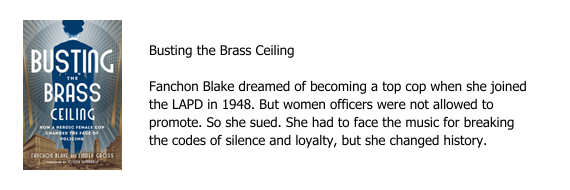Why do so few people look at the big picture?
I just found out that my HOA is considering ripping out the community’s 20-year-old landscape and replacing it with new. I’ll admit that sometimes a project does require a total revamp. But to determine whether that’s the case, you first must consider the underlying factors contributing to the problem.
In this case, the irrigation, which was slapped in on the cheap and has gotten swallowed up or misaligned over the years, needs revamping before anything is replaced. Otherwise, the same problems are inevitably going to resurface.
Here’s another reason to think big picture. If it turns out that the original landscaping does need to be scrapped even after the irrigation has been fixed, it makes sense to consider whether a new plan would work better. In my neighborhood, drought-tolerant plantings rather than sod are a more logical choice since we live in the high desert and all have backyard lawns for kids and pets to play in. Not only will xeriscaping help our overly tapped water supply, but it’ll require tons less maintenance and ultimately save the community and the homeowners money.
Why all this talk about my front yard and the big picture? Aside from the fact that the whole idea of tearing out old water-intensive landscaping to replace it with more of the same makes me nuts, it also makes me think about writing. Just as with my landscaping, you need to clearly assess what the underlying problem is if a piece isn’t working before you can assess what is really needed to correct the problem in the most effective way.
The next time you approach the second or third draft of your book (and yes, there will be multiple drafts of that rough, sloppy copy you’re pumping out), you’ll want to ask yourself whether the structure works.
So, before you do anything else, you’re going to want to double-check your book’s structural elements:
- Does the organization/story work?
- Have you provided the reader with a sense of continuity or are you jumping from one idea to the next?
- Is the progression logical?
- Are you using stories to make your points and involve the reader?
The idea here is to look at the big picture before you get immersed in looking at transitions, language, or redundancies. Just as with my lawn, if you don’t fix the underlying issues, the rest of the changes could be fairly pointless. New material isn’t going to matter if you haven’t provided a foundation with the necessary infrastructure. And it sure isn’t going to matter if you realize that you have to revamp your entire approach. So make sure the structure is sound before you start playing with language.




















0 Comments